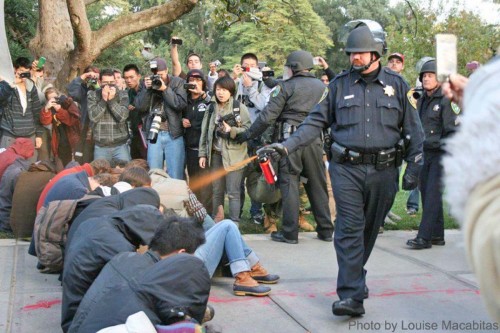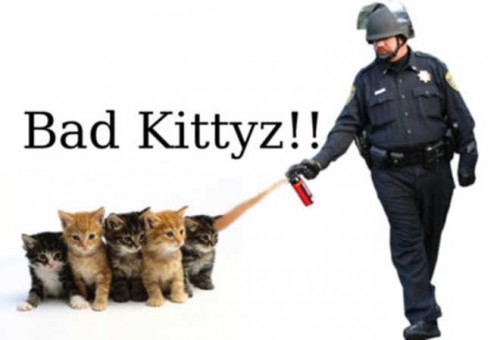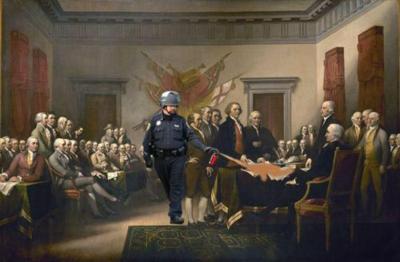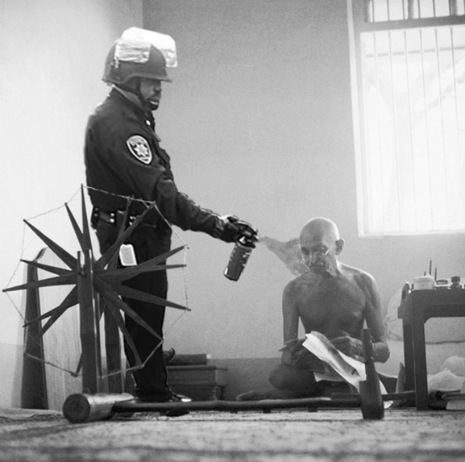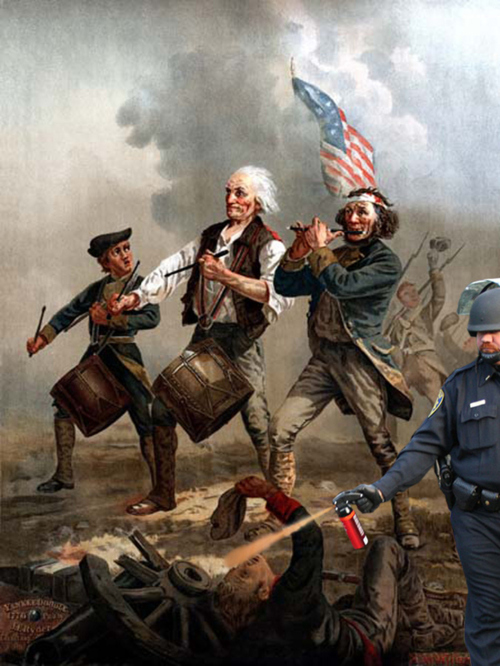
In the three-minute video below, Kate Pickett talks about why life life expectancy, happiness, and the variable that links them, stress, aren’t strongly related to national income averages within different developed countries.
See more at Equality Trust.
Lisa Wade, PhD is an Associate Professor at Tulane University. She is the author of American Hookup, a book about college sexual culture; a textbook about gender; and a forthcoming introductory text: Terrible Magnificent Sociology. You can follow her on Twitter and Instagram.





